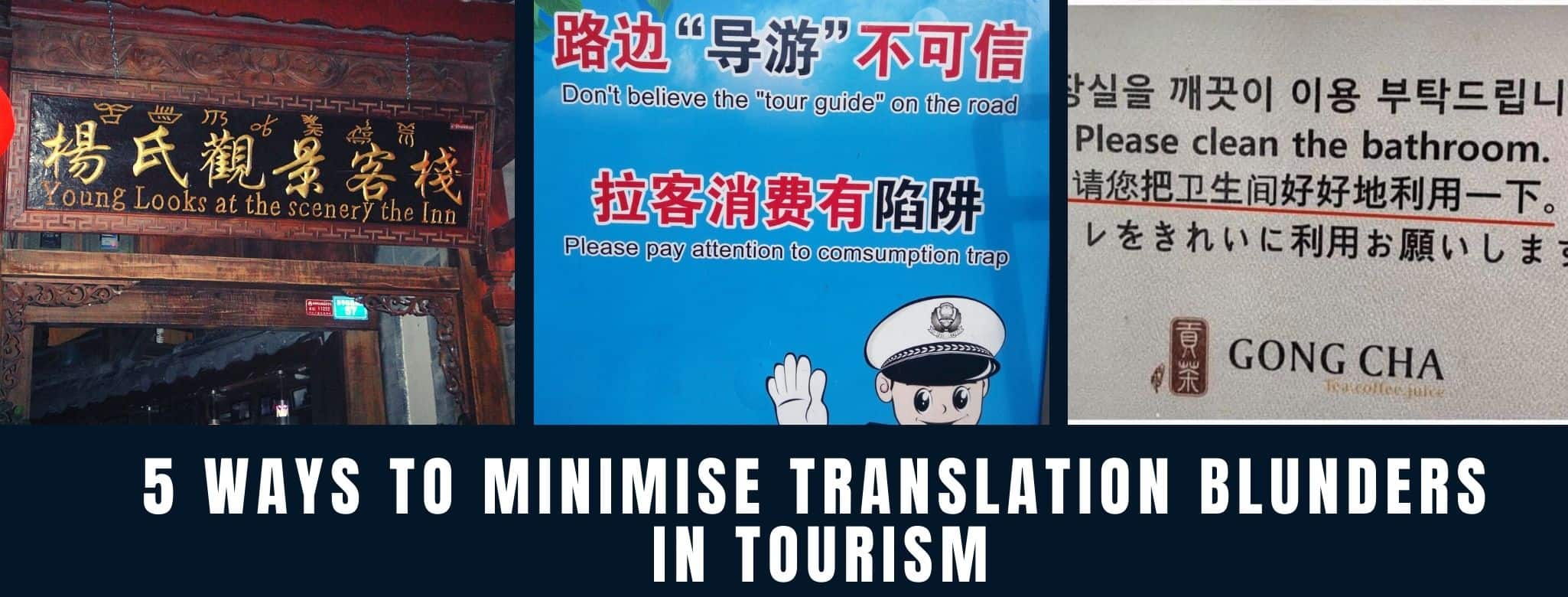Tourism is a multi-billion-dollar industry.
The global tourism industry is worth approximately 2.9 trillion US dollars. In the United States alone, the tourism industry contributed the highest amount to global GDP at 580.7 billion US dollars.
Although tourism may be defined as when people travel and stay in places other than their usual place of residence for less than one consecutive year for all sort of reason be it leisure, business, health, or other possible reasons, it is relatively difficult to define clearly what defines the tourism industry as it involves and incorporates many other industries including but not limited to accommodation, transport, attractions, entertainment, travel agencies and more.
Because traveling involves visiting foreign places with different cultures and languages, the whole traveling experience can be made less positive and interesting when communication is disrupted.
Translation is one of the most effective ways to boost international tourism. A good translation for tourism can help facilitate and enhance the experience of travellers and it can help build soft-power for the country when satisfied travellers share their wonderful travel experiences with their friends and return for more.
Unfortunately, though many may know how positively translation can help boost tourism, we still see translation blunders surfacing now and then. These translation blunders can be funny and can provide comic relief for travellers but the bad impression created requires more than just mere service recovery. With social media, you will easily find these bad translations surfacing and shared extensively, creating further ruins to your suffered reputation.
Below are 5 tried and tested ways to minimize translation blunders:
- Introduce your culture but be culturally sensitive.
- Avoid the use of machine translation. This is a sure way to get yourself into the top 10 list of translation blunder of the year.
- Avoid using your bilingual colleagues or relatives for your translation work.
- Employ the use of a professional translator or a certified translation company. They will know how to get the job done properly.
- If you are using freelance translators, do include one more line of defence by deploying a validator.
You need to do your due diligence. You have to place the same importance on the translation as you would the original copy. And last but not least, it pays to check, check, and check again.

